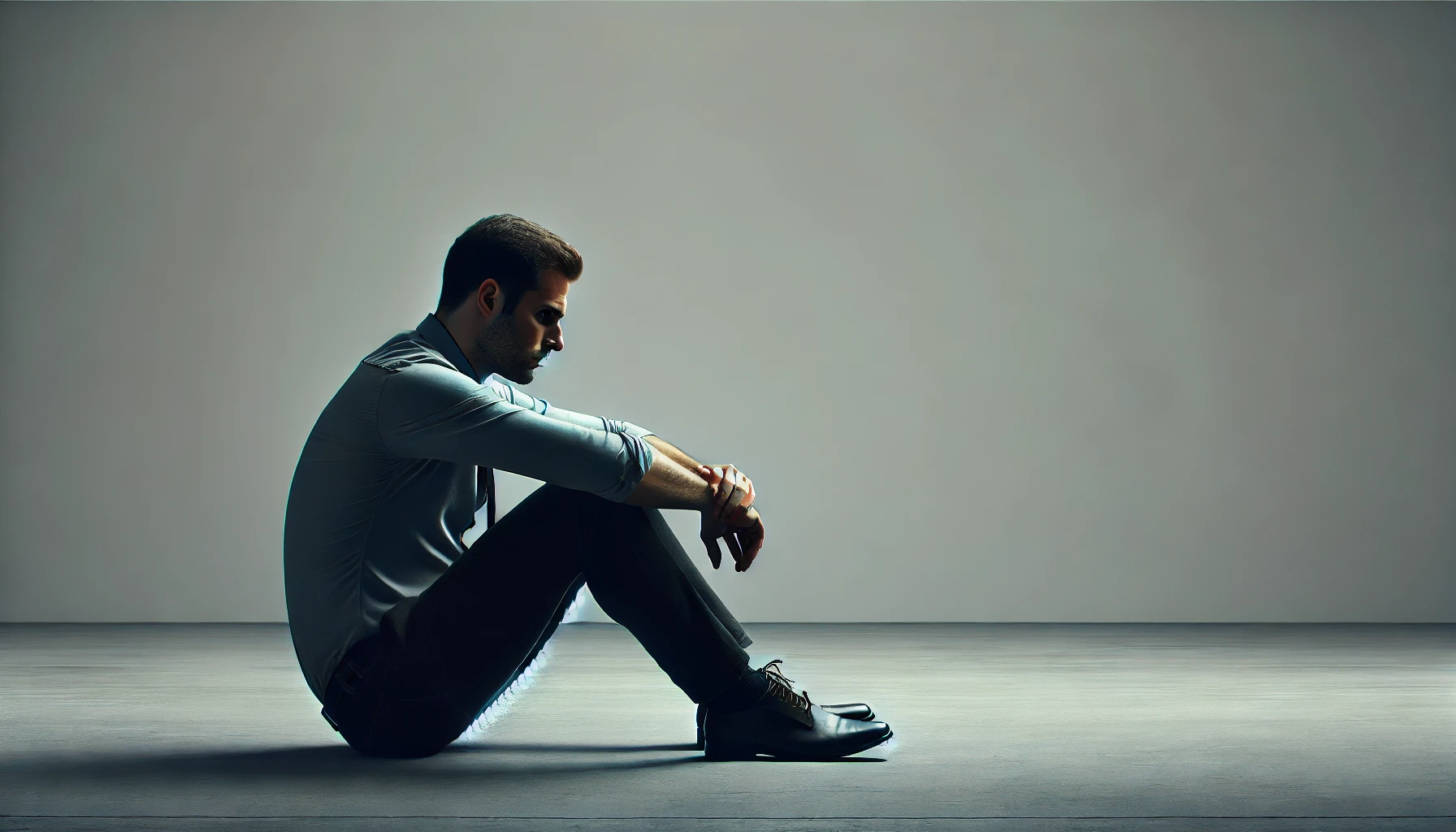
Invisible Weight of Thoughts
1 year ago By Yogi AnoopThe Invisible Weight of Thoughts
The mind constantly creates images with thoughts and visualizations within itself. But have you ever wondered if these images or thoughts carry weight? This idea might seem far-fetched from a scientific perspective, but spiritually, it holds a profound truth.
Let’s explore how the mind’s creations can indeed have Invisible weight. For example, when you look at a physical object, you immediately recognize that it has weight because it has a shape, a form, and occupies space. This is scientifically measurable. But what about the images our mind creates? The thoughts and visualizations that exist only in our imagination – do they have weight?
While science may not affirm this, from a spiritual viewpoint, even these mental creations have weight. Take this scenario: you imagine that there’s a cyst in your brain about to burst. This thought begins to take form in your mind, and you dwell on it. Over time, this mental image becomes so intense that it affects your physical body – your heartbeat accelerates, your mind spirals into anxiety, and you feel an overwhelming load pressing down on you. You may even feel physical symptoms like heaviness or discomfort. All of this started from a thought, an image, created purely in your mind. This demonstrates how the mind’s weight, though invisible, can manifest physically and emotionally.
In spiritual practices, particularly in devotion, there is a reason why the emphasis is placed on developing positive, calming images. Saints and gurus often advise devotees to surrender their worries to a higher power, like God, and let Him handle everything. This advice, though seemingly simple, carries scientific weight. By letting go of burdens and visualizing a lighter, more peaceful mental state, we reduce the “mental weight” we carry, which in turn alleviates stress and anxiety.
The weight of the mind is more potent than the weight of the body. People seldom complain about the physical weight they bear, but the mental weight—the stress, the constant thoughts, and the burdens created by their minds—often becomes unbearable. For instance, a laborer carrying heavy bricks on his head rarely suffers from neck or back pain compared to someone who sits in front of a computer all day, creating stress-inducing thoughts and images in their mind. The latter is far more likely to develop conditions like cervical pain, anxiety, or stress-related ailments.
In conclusion, the images and thoughts our mind creates, though intangible, can weigh us down more than any physical burden. This is why practices like meditation emphasize feeling weightless and mentally light. It’s not just about the food we eat or the physical work we do; it’s about creating a relaxed mental state free from the pressures of heavy thoughts and images.
Recent Blog
Copyright - by Yogi Anoop Academy
